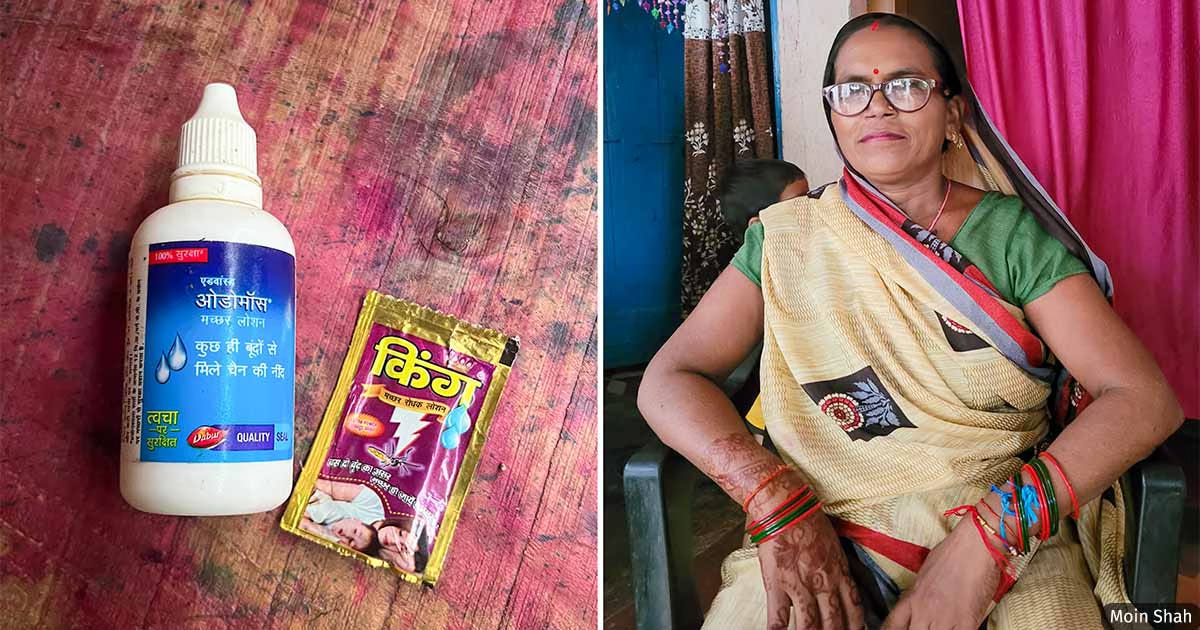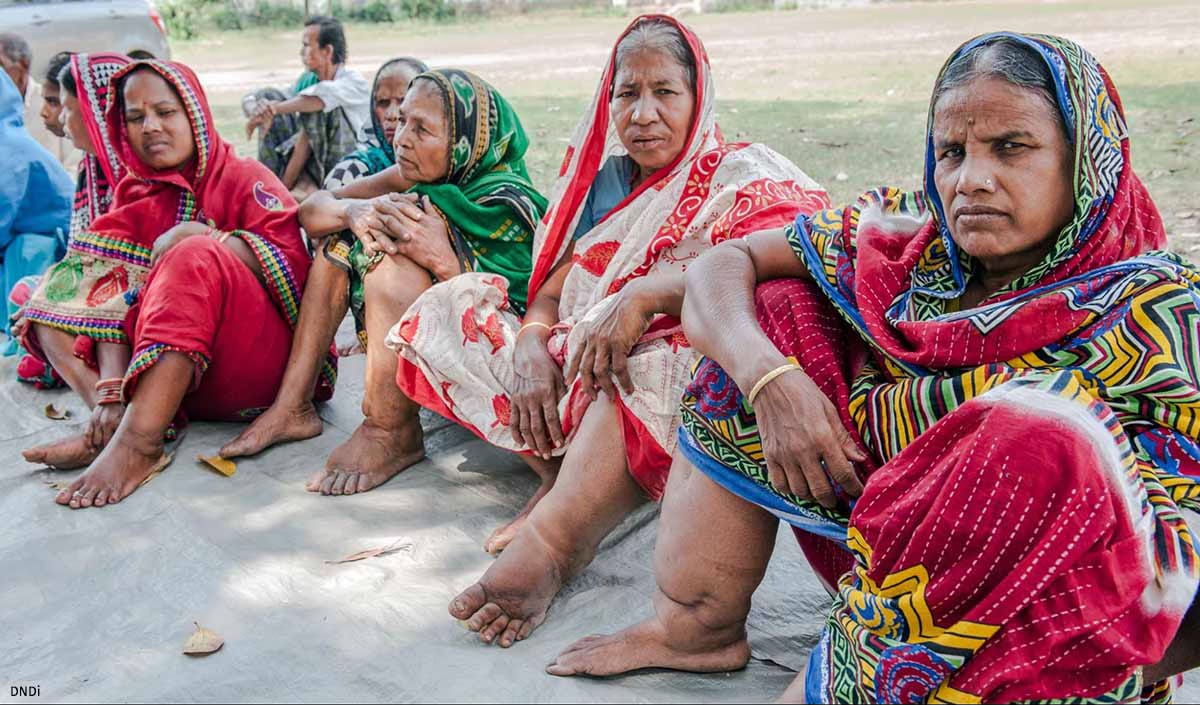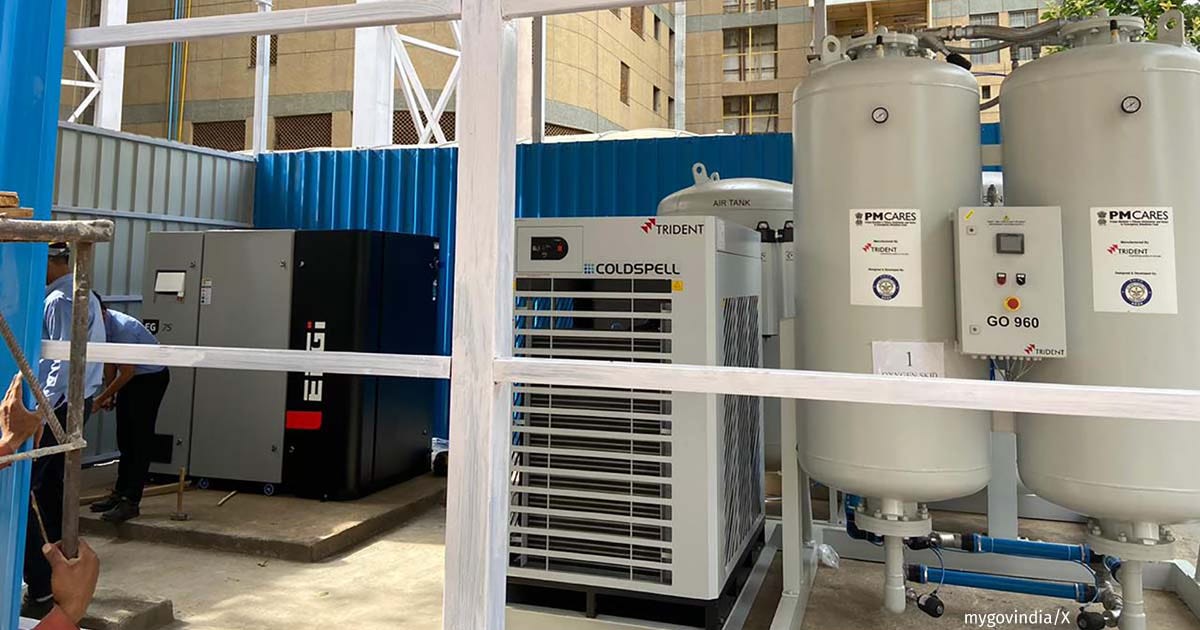The Gendered Fight Against Lymphatic Filariasis
Also this week, the state of India's oxygen plants, and how fertilizer shortage is affecting Rabi sowing
This week on IndiaSpend, the focus is on healthcare and related issues. In a two-part series, Mansi Vijay explores the lymphatic filariasis problem, particularly endemic to Uttar Pradesh, and how women in particular are victims both of the disease and the resulting social stigma. Elsewhere, Charu Bahri examines the state of oxygen-generating plants installed across the country in the wake of the Covid pandemic, and finds that their condition is less than optimal.
UP women battle an endemic disease and social stigma
In the heart of Uttar Pradesh, a silent health crisis unfolds as lymphatic filariasis (LF), a mosquito-borne parasitic disease, disproportionately affects women in marginalized communities. Recent data from the National Centre for Vector Borne Disease Control reveals that UP harbors 51 of India's 345 endemic districts, and accounts for 15% of national lymphoedema cases.
The state's battle against this neglected tropical disease illuminates broader systemic challenges in healthcare delivery. Women like Manorama and Bitto Devi have emerged as unexpected community leaders, transforming from patients to advocates in the fight against LF. Their experiences underscore the gendered nature of healthcare access, where women face multiple barriers, ranging from familial permission to financial constraints.
While the government aims to eliminate LF by 2027 through mass drug administration campaigns, ground realities indicate persistent challenges in implementation. Low community acceptance, insufficient training of health workers and deep-rooted stigma continue to hamper progress, particularly affecting women who bear both the physical and social burden of this debilitating disease.
How Women in UP Confront A Neglected Disease–And Stigma
India's 2027 Filariasis Goal: A Race Against Institutional Inertia
In India's battle against lymphatic filariasis, ambitious deadlines stumble over institutional hurdles. The nation's 2027 elimination target—following a series of missed milestones—spotlights the complex interplay between policy aspirations and ground realities.
While mass drug administration campaigns report impressive coverage rates (95% across 96 districts in early 2024), implementation gaps persist. The absence of effective microfilaricidal drugs, coupled with nighttime diagnostic requirements, creates practical barriers that compound systemic inefficiencies.
Kerala's success story offers an instructive contrast: a three-week campaign window, mobilized medical students, and engagement with alternative medicine practitioners, all coming together to yield tangible results. Yet nationwide, administrative lapses and workforce motivation issues continue to undermine progress.
For a disease inflicting annual economic losses of $1 billion and affecting 23 million patients, the path forward demands more than just optimistic targets—it requires fundamental reforms in healthcare delivery systems and community engagement strategies.
Elimination by 2027? India's Final Push Against Lymphatic Filariasis
Oxygen plants gasp for air
Three years after India's Covid-19 crisis prompted the installation of over 4,000 oxygen plants nationwide, recent reports indicate concerning maintenance issues. According to Health Ministry data, only 53% of the 3,005 pressure swing adsorption (PSA) plants checked during recent mock drills were functional.
The plants, including 1,225 covered by the PM Cares fund at Rs 1 crore per unit, face challenges including operator shortages, insufficient training, and mechanical problems. While some hospitals successfully utilize their PSA plants, others find them difficult to maintain or prefer pre-filled cylinders.
Health experts emphasize the importance of keeping these plants operational, citing the WHO's prediction of a 66% probability of another major respiratory pandemic within 25 years. They recommend developing clear policies for plant usage, expanding applications beyond Covid-19, and potentially creating business models to help hospitals monetize excess capacity. Critics also call for greater transparency in PM Cares funding, and a more systematic evaluation of these investments, Charu Bahri reports.
Why India Must Keep Covid-era Oxygen Plants Running
Also Read: In our Hindi edition, Mithilesh Dhar Dubey explores a critical issue farmers face during the ongoing Rabi season. This is the season for sowing, but across the country farmers are hampered by limited access to diammonium phosphate, the world's—and India's—most widely used fertilizer.





